Why the FDA Shows Up Without Warning
If you run a factory that makes medicine, medical devices, or food products sold in the U.S., you could get a visit from the FDA at any moment-no call, no email, no heads-up. That’s not a glitch. It’s by design. Since 2025, the U.S. Food and Drug Administration has been conducting unannounced inspections at foreign manufacturing sites, just like it has for decades at U.S.-based facilities. This change wasn’t made to punish companies. It was made to protect people. The goal is simple: see what’s really happening on the factory floor, not what’s been cleaned up for a scheduled visit. When companies know inspectors are coming, they fix the obvious problems. They polish the paperwork. They shuffle staff into the right rooms. But when inspectors walk in unannounced, they see the truth-the daily reality of how products are made, handled, and documented. And the truth? It’s often ugly. Before May 2025, foreign facilities got weeks of notice before FDA visits. Domestic ones didn’t. That created a double standard. Foreign manufacturers had time to prepare, while U.S. companies had to stay ready all the time. The FDA found that when foreign sites were given advance notice, they still had serious violations more than twice as often as U.S. sites during unannounced checks. That’s not a coincidence. It’s a system failure. Now, the FDA treats every facility the same. No matter where you are-whether you’re in Shanghai, New Delhi, or Chicago-you get inspected when they show up, not when you schedule it.How an Unannounced Inspection Actually Works
It doesn’t start with a knock on the door. It starts with a plane landing. FDA investigators arrive at a facility without warning. They’re not there to chat. They’re there to inspect. Their first move? Show their credentials and hand over Form FDA 482-the official Notice of Inspection. This document tells the facility what’s being inspected and why. It’s not optional. You can’t refuse it. Then, they ask to speak with the most responsible person on-site. That could be the plant manager, the quality lead, or even the night shift supervisor. It doesn’t matter who you are. If you’re there, you’re the point person. From there, inspectors start walking. They don’t ask for tours. They don’t wait for presentations. They head straight to the areas that matter most: the sterile clean rooms, the packaging lines, the document storage rooms. They open files. They pull batch records. They check calibration logs. They compare what’s written down with what’s happening on the machines. They don’t care if your SOPs are perfect on paper. They care if your team follows them every day. The inspection can last a few hours or several days. It depends on the size of the facility, how complex the processes are, and how many issues they find. Some inspections come back with zero findings. Others turn up major violations-missing records, contaminated equipment, falsified data. Every inspection gets classified. Even a clean one matters. It tells the FDA what’s working and where the risk lies. That data shapes future inspections, enforcement actions, and even policy changes.Why Surprise Visits Expose Real Problems
You can train staff. You can update software. You can hire consultants to help you pass an announced audit. But you can’t fake a culture of compliance. The FDA’s unannounced inspections are built on one core belief: if a company is truly committed to safety, it doesn’t need to prepare. It’s already doing the right thing-every day. Before the 2025 policy change, foreign manufacturers had a clear advantage: time. They could delay inspections by claiming they needed translators. They could hide non-compliant batches behind locked doors. They could retrain staff the night before. Now, that’s gone. A recent case from a pharmaceutical plant in India shows why this matters. During an unannounced visit, FDA inspectors requested access to the sterile filling area. The facility had no one trained to handle the request on the spot. The air pressure logs hadn’t been updated in three weeks. The sterilization records were incomplete. The plant manager didn’t even know the correct procedure for handling a deviation in real time. That’s not a one-off. That’s the norm for companies that treat compliance as a checklist, not a habit. The FDA says 90% of foreign inspections before 2025 turned up serious issues-when they had advance notice. That number dropped to 45% for U.S. facilities during unannounced visits. The gap wasn’t because U.S. companies were better. It was because they were always ready. The new policy closes that gap. It forces every company, everywhere, to live up to the same standard.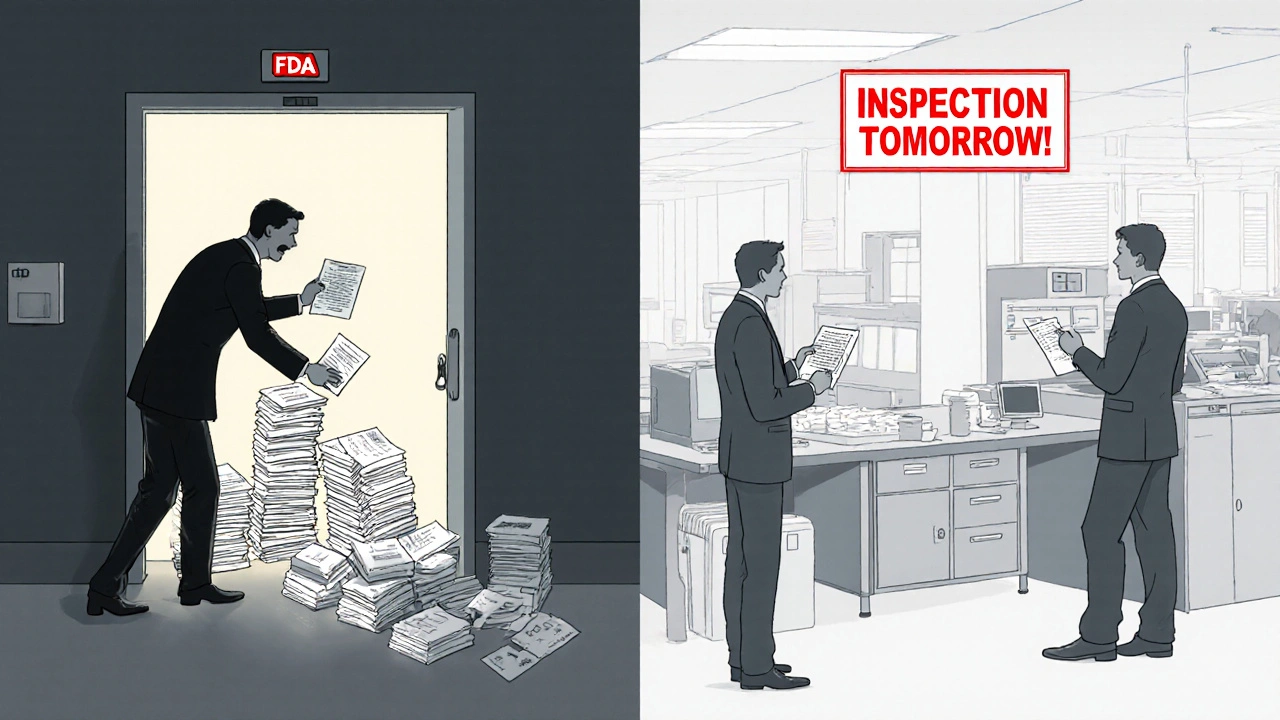
What Happens If You’re Not Ready
There’s no warning. No grace period. No second chance before the report goes out. If the FDA finds violations during an unannounced inspection, they issue a Form 483 listing the problems. This isn’t a suggestion. It’s a red flag. The consequences can be severe:- Import alerts blocking your products from entering the U.S.
- Warning letters demanding immediate fixes
- Consent decrees forcing court-supervised overhauls
- Product recalls costing millions
- Loss of market access for years
How to Get Ready for a Surprise Visit
You can’t predict when the FDA will come. But you can make sure you’re ready every single day. Here’s what works:- Train everyone, not just the quality team. The inspector might talk to the janitor, the shift supervisor, or the warehouse clerk. If they ask, “What happens if a machine breaks during production?” the answer better be the same across the board.
- Keep records current, not perfect. You don’t need fancy software. You need real-time data. If your batch records are a week behind, you’re already behind.
- Run mock inspections monthly. Bring in an outside auditor. Show up unannounced. See where your team freezes. Fix those gaps before the FDA does.
- Use quality management software with guardrails. Tools that lock down changes, track approvals, and flag missing entries can save you during an inspection. Don’t wait until the inspector walks in to patch your system.
- Know your legal rights-and your responsibilities. You can’t refuse entry. But you can ask for clarification. You can take notes. You can request a copy of Form FDA 482. Don’t argue. Don’t lie. Just stay calm and factual.
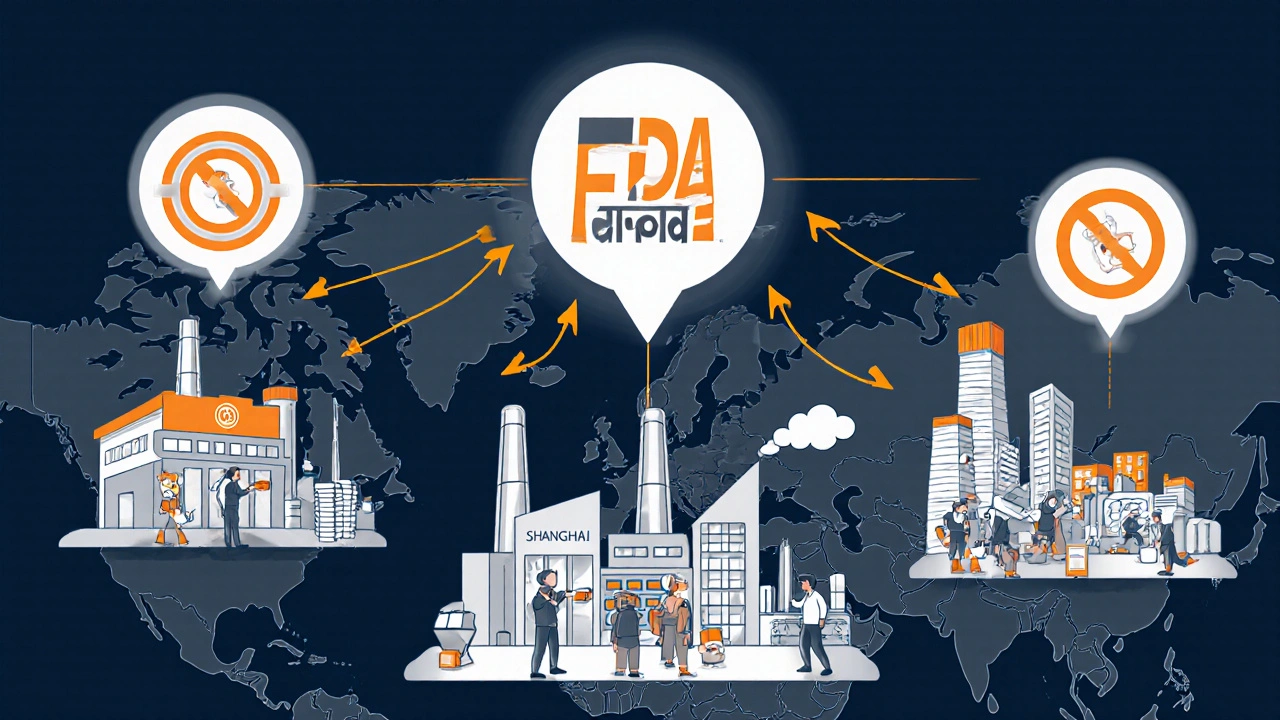
The Bigger Picture: Global Supply Chains and Public Trust
About 80% of the active ingredients in U.S. medicines come from overseas. Nearly 40% of finished drugs are made abroad. That’s not going to change. The FDA can’t inspect every facility every month. But it can make sure that every facility is always ready. This shift isn’t about control. It’s about trust. Consumers expect their medicines to be safe. They expect their baby formula to be clean. They expect the food they buy to be free of contamination. When a company cuts corners, someone gets hurt. And when that happens, the whole industry pays the price. The FDA’s unannounced inspections are a tool to rebuild that trust. They’re not about catching bad actors-they’re about making sure bad actors can’t hide. And they’re working. Since May 2025, the number of foreign inspections with serious findings has dropped by 22% in the first six months. That’s not because companies got lucky. It’s because they finally started acting like they were always being watched.What’s Next?
The FDA hasn’t said whether it will keep coordinating with foreign regulators during unannounced visits. That’s still unclear. Some worry it could lead to delays or diplomatic friction. Others say it’s necessary to maintain international cooperation. What’s certain is this: the era of advance notice for foreign facilities is over. The FDA is now enforcing one global standard. No exceptions. No shortcuts. If you make products for the U.S. market, you’re no longer just a supplier. You’re a guardian of public health. And that means you’re always on inspection.Are FDA inspections always unannounced?
Most are, but not all. The FDA generally conducts unannounced inspections for manufacturing facilities, especially for quality system checks. However, there are exceptions-for example, inspections for Class II or Class III medical devices are often announced every two years. Also, if the FDA needs specific records or personnel to be present, they may give notice. But for routine, unannounced inspections-especially for foreign sites since May 2025-there is no warning.
Can a company refuse an FDA inspection?
No. Refusing entry to an FDA inspector is a federal offense. The agency has legal authority to enter any facility producing FDA-regulated products. If a company blocks access, delays the inspection, or withholds records, the FDA can issue a warning letter, seize products, or pursue criminal charges. Cooperation is not optional-it’s required by law.
Do foreign manufacturers get translators during unannounced inspections?
The FDA does not guarantee translators for unannounced inspections. Previously, advance notice allowed companies to arrange interpreters. Now, facilities must be prepared to communicate in English or have bilingual staff on-site at all times. The FDA has not changed its policy on this, so companies relying on translators during scheduled visits must now train staff or hire permanent bilingual personnel to avoid delays or miscommunication.
How often do FDA inspectors visit foreign facilities?
The FDA conducts about 3,000 inspections annually at foreign facilities across more than 90 countries. Since May 2025, the agency has increased the frequency of unannounced visits. While there’s no fixed schedule, high-risk facilities-those with past violations or complex processes-are inspected more often. Some may see inspections every 12 to 18 months, while others may go longer if their compliance record is strong.
What’s the difference between a Form 483 and a Warning Letter?
A Form 483 lists observations of potential violations found during an inspection. It’s not a final decision-it’s a notice. A Warning Letter is a formal legal notice issued if the FDA believes the violations are serious or uncorrected. Warning Letters can trigger import bans, product seizures, or court action. Form 483 is a warning. A Warning Letter is a threat.

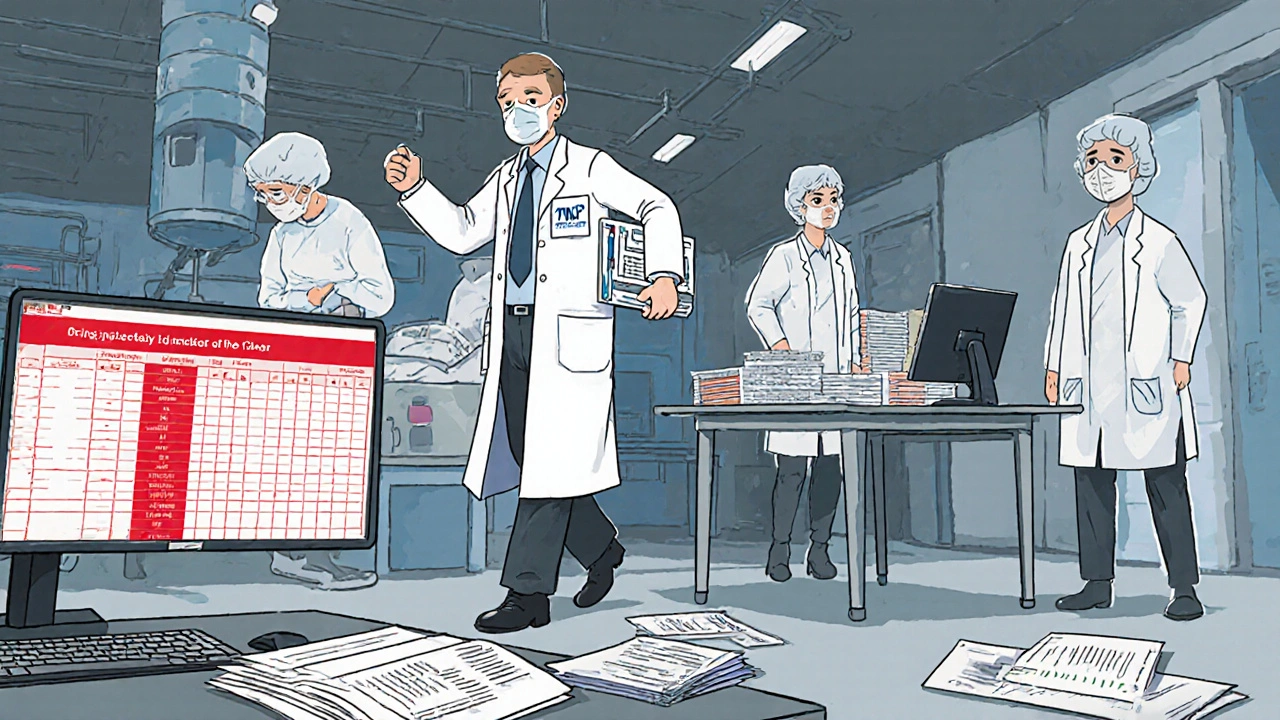

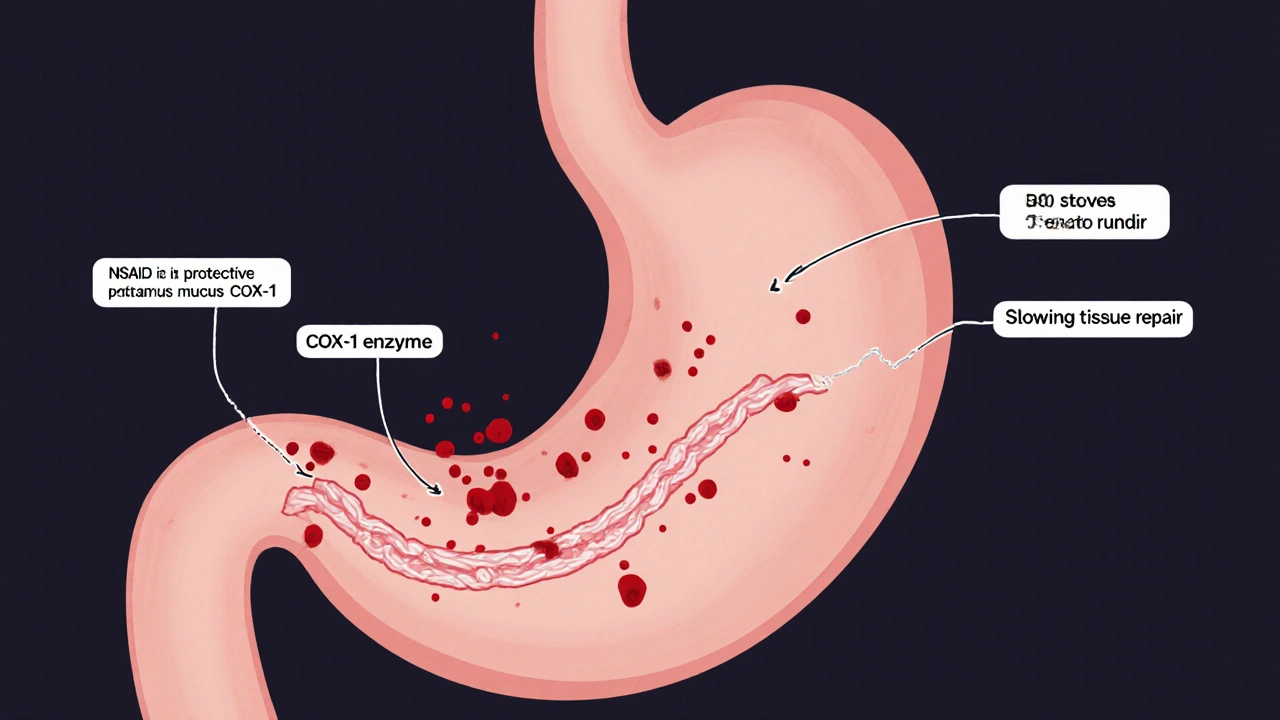
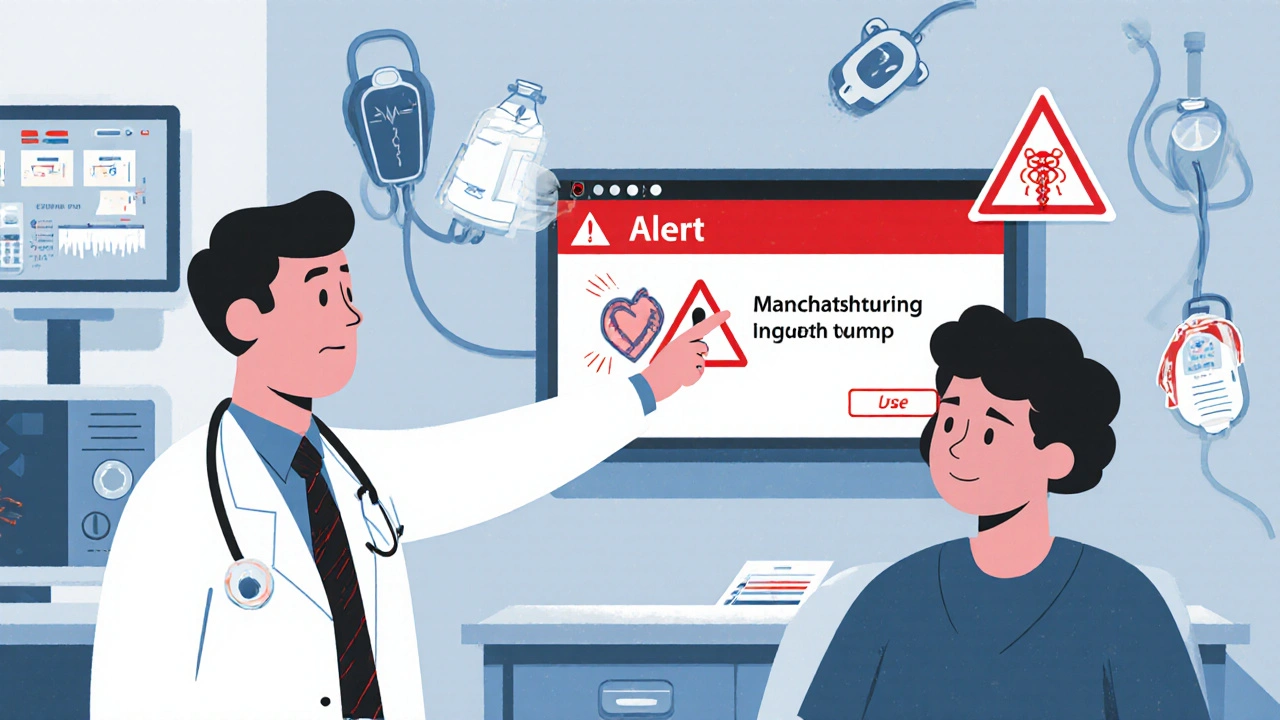
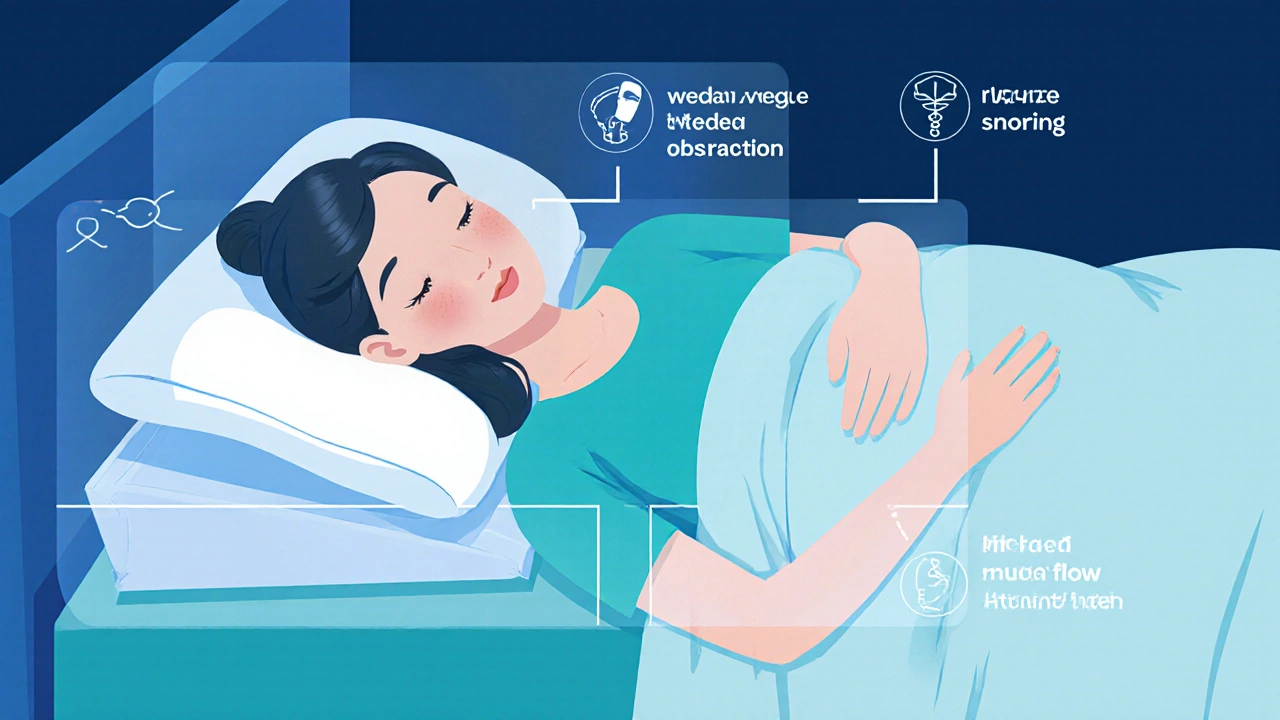


9 Comments